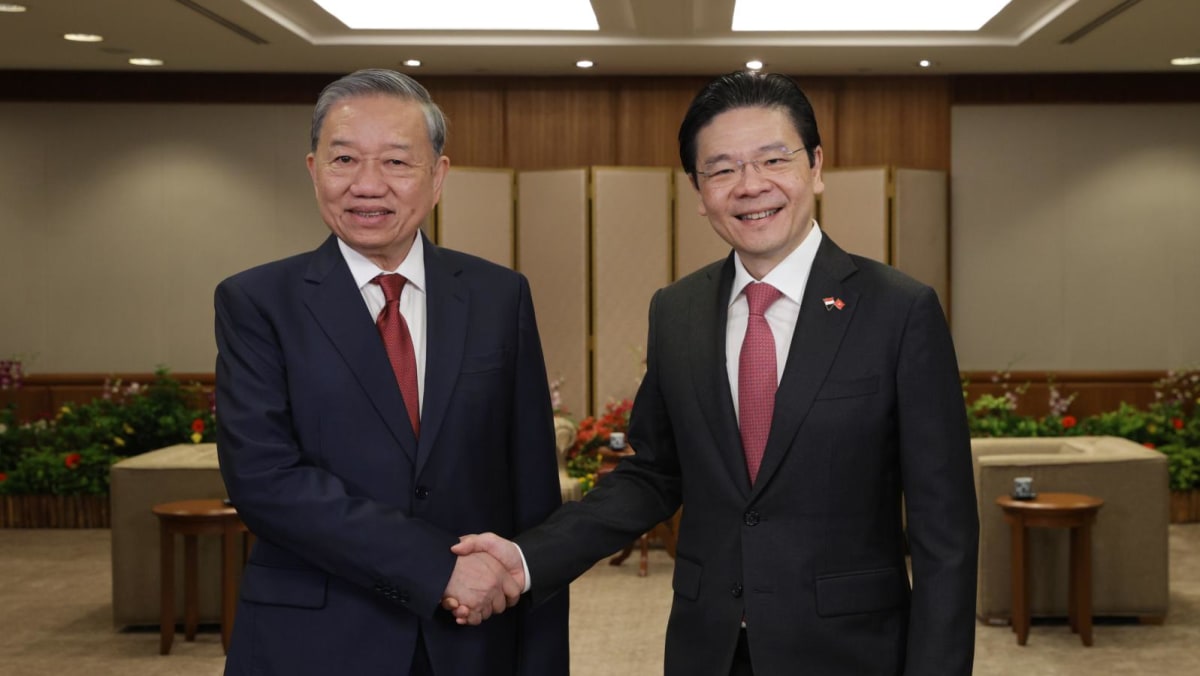Q: Given Johor’s close proximity and its interdependence on Singapore, is there a concern that there will be over-reliance on Singapore companies investing in this SEZ? What is the plan to sort of attract companies from the region, from global MNCs?
I’ve always maintained consistently in all the discussions about JS-SEZ that it would be such a big loss if JS-SEZ just looked at Singapore and Malaysia. So likewise, when it comes to investments, our view is that JS-SEZ is going to be very attractive to global investors.
It’s just that if I were a global investor now looking to expand and having a foothold into ASEAN, I have a few options. I can go to Vietnam, I can go to Indonesia, I can go to Malaysia, or say Singapore. But then again, if I were to go to Singapore, Singapore has its plus point, but it also has its limitations, and vice versa for Johor. And therefore, the synergy that we can offer is designed to attract global investments, and that by itself, I think, will be able to manage this concern of over-reliance on Singapore businesses.
The spillover obviously will benefit both Malaysian and Singapore companies, because Singapore companies now have a much better ecosystem for expansion if we achieve the critical mass, which is driven by global investments into JS-SEZ.
Q: The vision for this SEZ is to rival some of the successful zones in countries like China, United States, Germany, but we know that those are very different from what we have here, where it requires two different countries, different jurisdictions. What would it take then to be on par with some of these successful zones?
I remain optimistic that ASEAN will grow, and then common sense will prevail in this region that we are much stronger as an economy of 700 million plus people, if we become more integrated.
This ambitious JS-SEZ, special economic zone between two countries, which is not common in this world, is a manifestation of the first few steps towards a closer integration between two ASEAN economies, and I hope that it paved the way for more integration at the ASEAN region, because if we are able to do this, then we have better chance to realise ASEAN potential of this large market.
So therefore, while it is very different, and therefore it has a set of challenges, it also addresses that necessity to push for more integration between economies in ASEAN. So let’s start with Johor and Singapore, and I hope that if it works, it strengthens the case for more integration beyond Malaysia and Singapore in ASEAN, because we really need to pool our resources and see how do we work together to play to our respective strengths in the future.
Q: So with this agreement now signed, what are the immediate next steps to bring this SEZ to life?
There’ll be a series of work streams that have to happen in parallel. At the planning level between Malaysia and Singapore, there will be a high level committee that starts working on the blueprint, because it’s a chicken and egg (situation). We can’t do a blueprint until we iron out the principles. So now that, with the agreement, all principles and commitments and shared vision are sealed, then we can move to the next step, which is to develop the blueprint. And with the blueprint, it will make it a lot easier for joint promotion between Malaysia and Singapore agencies, while at the same time all the administrative infrastructure to facilitate the first wave of investments, I think are already there.
On Malaysia’s part, we already have the Iskandar Malaysia Facilitation Centre, where we pull all the government authorities into one roof to expedite bureaucratic processes so that investments can be processed much quicker. And in terms of the governing infrastructure, it’s already been built into the agreement. And then we just need to hit the ground running after this. So I think (in) 2025, we will see more physical details of what is the vision for each node.













